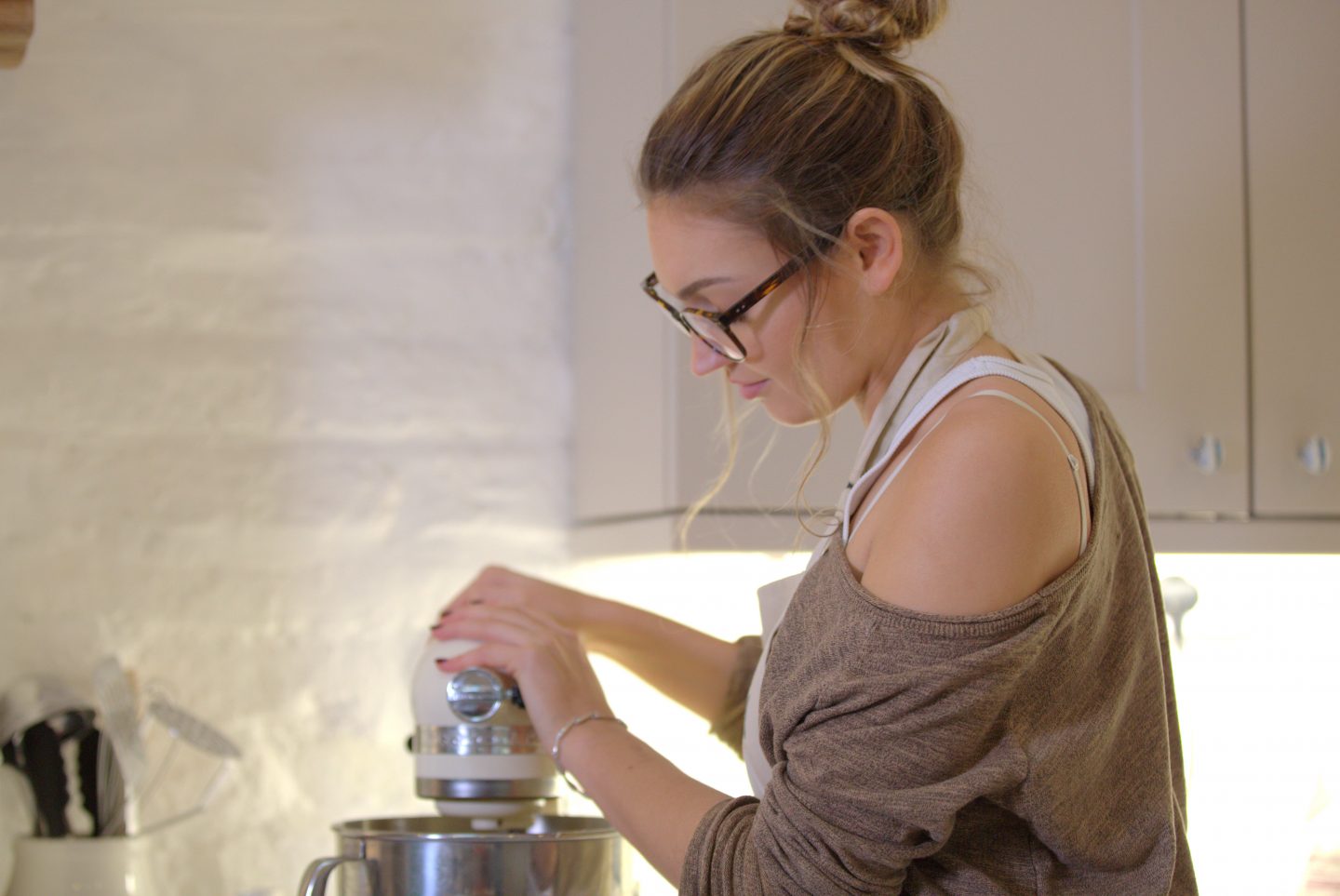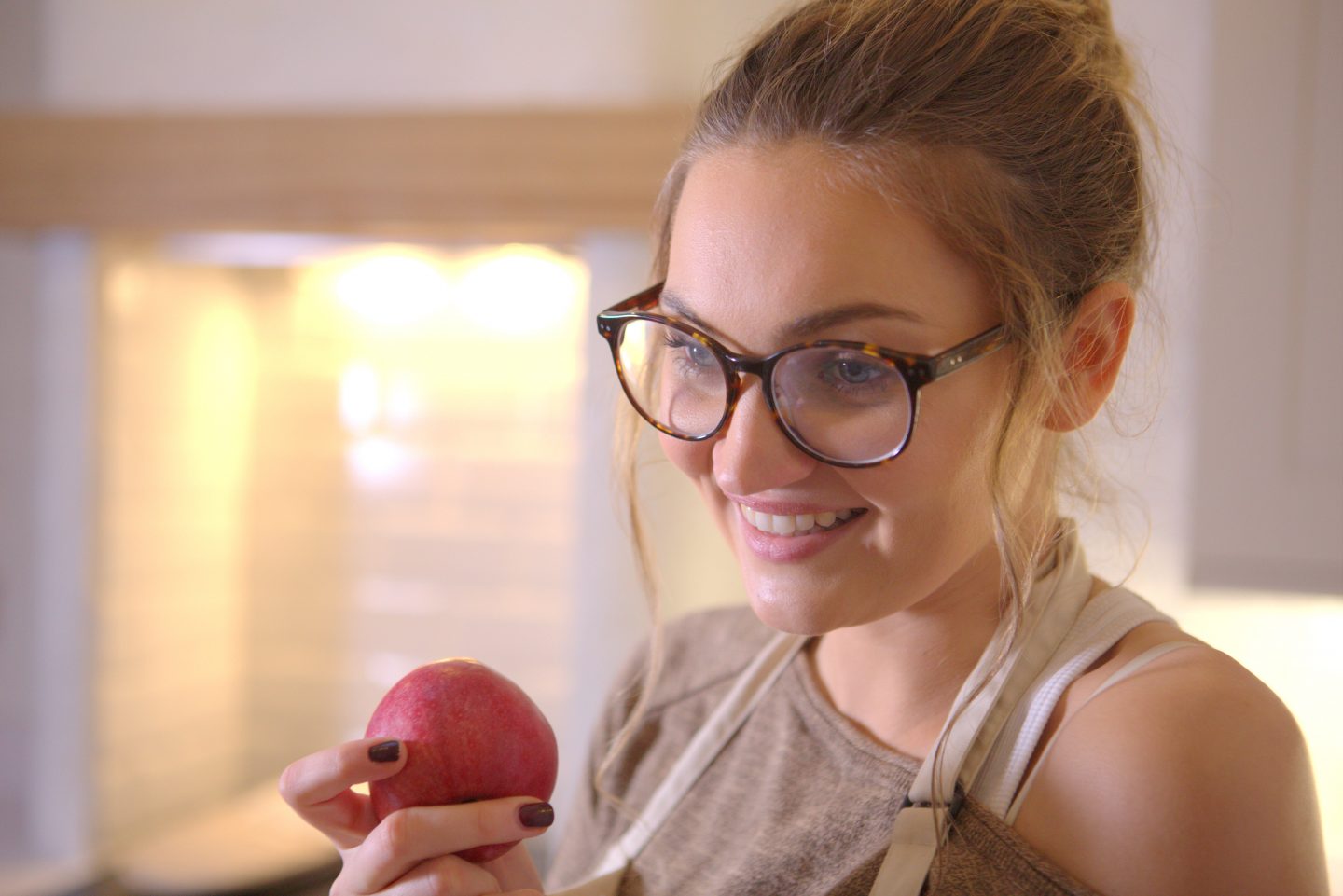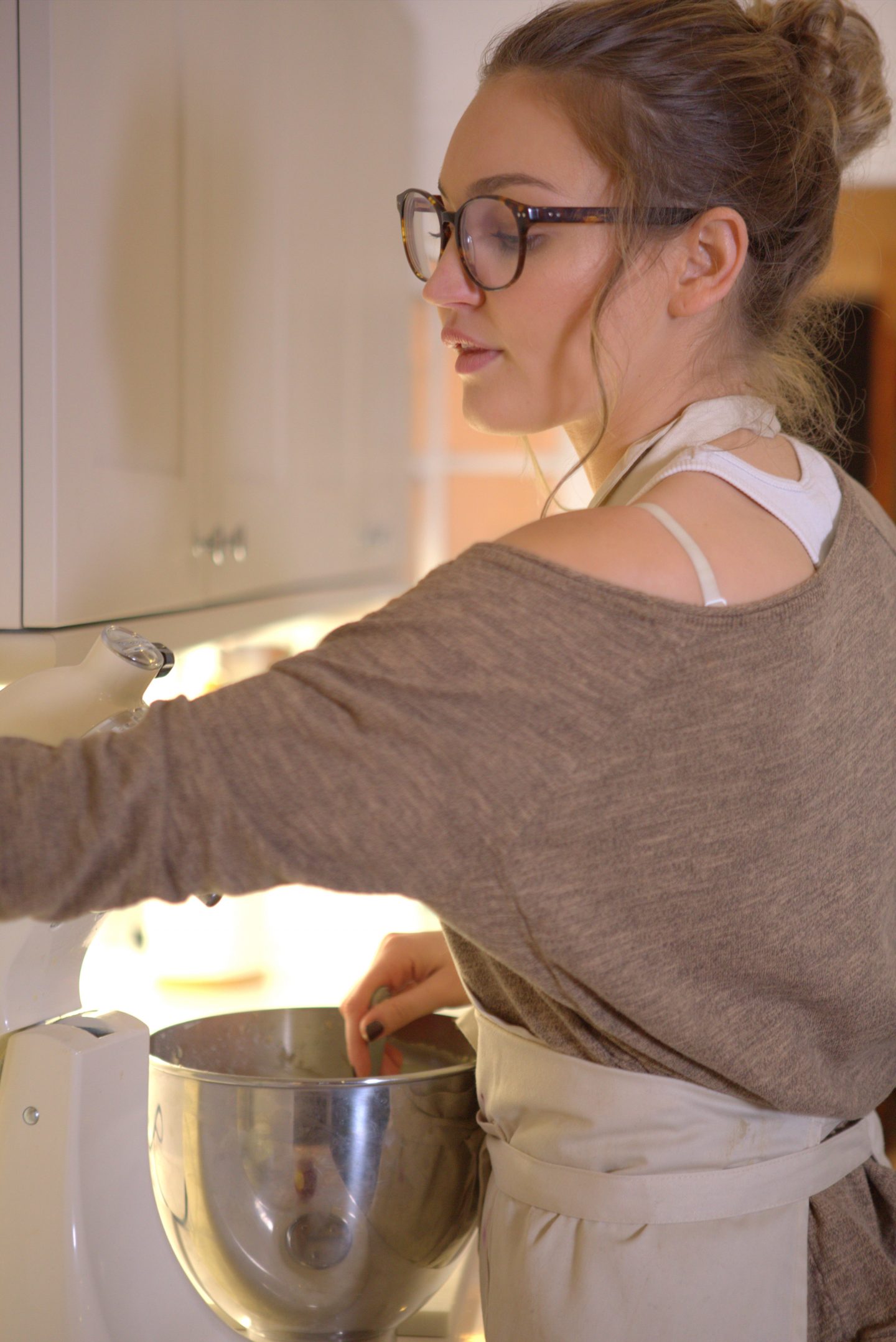When someone agrees to come round for dinner and then casually mentions that they are gluten free. Oh great. How do I know what has gluten in? What is gluten? What can they eat? Well here is a quick guide to cooking a tasty and safe gluten free meal, which should help avoid you killing any of your friends. Win!

What is gluten?
You want to avoid anything that has wheat, barley, rye or oats in, and avoid using any of these ingredients in their raw forms. The most common ones are wheat and barley. So this might be regular flour, bread, dough of any description, biscuits, cakes, pastry, batter, pasta, sauces, thickeners etc.
What do I need to check for gluten?
Check the packet on everything you use. It should clearly state in bold if it has any wheat, barley, rye, oats, or cereals containing any forms of gluten in the ingredients list.
Which unexpected products have gluten in?
- Stock – not all, but some stock has gluten in. Use Knorr, they are the best in general and happen to be naturally gluten free.
- Soy Sauce – watch out for anything that will have soy sauce in. You can get the best gluten free soy sauce, which tastes exactly the same in my opinion!
- Dressings – can often have wheat or barley in. Watch out when buying dressings.
- English mustard – made with wheat flour, who would have thought it!
- Sauces & gravies – many have wheat or barley in as thickeners or flavourings, it is very easy to find GF versions in the free from isles. Bisto Best gravy is my favourite and is gluten free – careful though, not all Bisto gravy is GF!
- Couscous – as rice is gluten free, many assume couscous is too, but nope! Stay away! You can get a GF alternative though if you are really craving it.
- Worcestershire Sauce – contains Barley. Some argue that as it is Barley, coeliacs can have it due to the parts of gluten per million, but I tend to purchase the GF alternative from Morrisons anyway.
- Sausages & meatballs – often bound together using wheat flour. However gluten free versions are now widely available and often clearly labelled in supermarkets.
- Packet seasonings / mixes – anything like this you must be careful as they usually contain thickeners. I tend to make my own seasonings unless I find good ones that are gluten free, you just need to check the ingredients.
- Beer – An obvious one to a coeliac now, but when first diagnosed I had to keep reminding myself that beer wasn’t safe. So don’t throw this into your cooking either!
- Vimto – A weird one, but Vimto it actually isn’t safe for coeliacs as it has barley in! Steer clear!
- Red laces – one of the few sweets that have gluten in. A childhood favourite, but not anymore! Sorry!
- Hot chocolate – double check those packet mixes, some are okay, some are not. Be sure to check first!
- Barley drinks / barley water – drinks such as Robinsons Fruit & Barley are a no go! Avoid any with barley and check the labels when purchasing.
What is OK to eat!?
- Potatoes – a great carb that’s naturally gluten free. Eat up!
- Rice – I may as well live off rice. What would I do without it!? Thank god it is gluten free.
- Meat – All meat (unless it has a coating, crumb or marinade that isn’t safe) is gluten free!
- All fruit and veg – Obviously!
- Corn, rice, coconut, maize, tapioca, buckwheat, gram & lentil flours – all great substitutes and usually the flours that make up the flour blends you buy in the shop. Corn flour is my favourite for thickening sauces in dishes at home.
- Dairy products (however, do double check any cheese that is mega processed)
How do I manage cross contamination?
- Have a separate cooking space and boards dedicated to gluten free, especially if you are also making ‘gluten-filled’ food in the same kitchen.
- Wash all cutlery and wipe down any surfaces that you will use that may have had gluten on previously. Don’t leave gluten free food where it can come in contact with gluten, or have regular flour dusted near it for example.
- Do not use gluten free bread in a regular bread toaster, without using a toaster bag. Major gluten crumb zone you need to avoid contact with.
- Have a separate butter, do not use a contaminated butter which may have regular bread breadcrumbs in it. This rule applies to any foods / condiments, jams, chutneys, etc that could have been contaminated, use fresh versions or take some out first that will be a dedicated gluten free pot.
- Do not fry in the same oil as something with gluten in, for example don’t cook chips in the same oil as gluten battered fish. The chips would then be contaminated by the oil. Use fresh clean oil always and only for gluten free!
- If you have a pot of gluten free pasta and a pot of regular, make sure you use separate forks for stirring and separate utensils for draining, to make sure nothing is contaminated!
- Don’t serve anything gluten free on a plate that also has (or had) gluten free products on it. Make sure it is all separate so you can’t cross contaminate.
- If you accidentally throw croutons into a salad and then realise it is supposed to be gluten free, you can’t just pick them out. Anything that has been in contact is a no go, it’ll have to be a fresh start I’m afraid. Basically… let nothing touch gluten!
What shall I cook for my coeliac / gluten free friend?!
There are plenty of things you can make, as well as numerous gluten free options and alternatives now on supermarket shelves enabling you to make almost any dish you like gluten free.
Going for a naturally gluten free option is the cheapest and easiest to save you buying lots of expensive ingredients you won’t use again. For example, a steak, with potatoes, grilled tomato and greens would be lovely. Alternatively do a spaghetti bolognaise (using gluten free Knorr stock), and just cook a separate pot of gluten free pasta. Veggie or meat curry is also a great one served with rice, as that is naturally gluten free too. Easy peasy. For dessert, I have plenty of recipe ideas HERE, you will be surprised how easy it is to make things gluten free, you may just need to buy some gluten free flour from your local supermarket… and I promise the Free From aisle is in all supermarkets now and is very easy to find! Alternatively, do a big bowl of fruit and serve with cream. Job done.


It sounds scary and a little overwhelming, but I promise once you get the hang of it, it’ll be a breeze and you’ll be confidently cooking gluten free in no time!
Do you have any tricks and tips for avoiding cross contamination? What are your favourite meals to cook gluten free?
I hope this post is helpful!
K
X